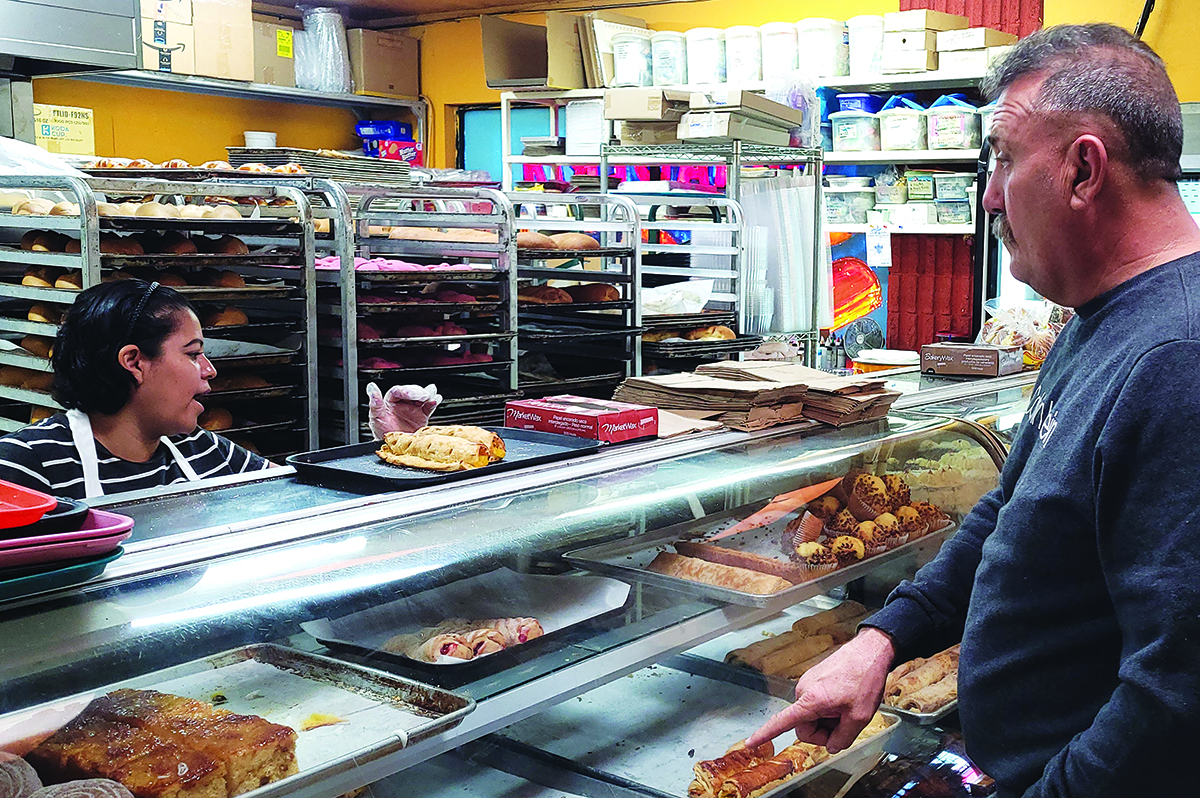There are two basic truths to doing business in today’s economy. Both will translate to great success.
The products you make are traditional to the heritage of your business.
But the way you promote your products is nontraditional – in the manner of how you communicate with your customers, young and old.
We have reached a crossroads, accelerated by the events of the past two years, in which consumers no longer shop and buy food the way they did before.
Owners of panaderias in the Phoenix marketplace point to a myriad of issues that are central to the challenges of today’s retail business environment.
Yolanda Chavez, owner of La Central, points out that there is a need for retailers “to make everything more perfect.”
Customers are buying as much with their eyes nowadays, particularly with the influences of social media.
They are also increasingly open to more options of global flavors. La Central has added more flavors of empanadas: lemon, cheese, guava, strawberry, dulce de leche, and more. This strategy has worked well.
La Central focuses on unique signature products, including Danish made with fresh figs.
“Our bakery business just keeps increasing,” Chavez says.
At La Purisima, trays of freshly baked flautas are displayed on the front sales counter, enticing customers to try their favorite flavor.
There are flautas filled with caramel, and others filled with cheese or other choices.
Making sure they have enough room to keep pace with their pressing needs for necessary supplies is paramount.
“We are adding a warehouse by next summer to have space for more supplies,” says Maricela Arellano of La Purisima.
Employee management is another central issue – and one that is top of mind at El Rancho Gilbert.
“We need workers. They don’t seem to need us as much anymore,” said Carlos Rascon of El Rancho Gilbert. “Lack of skilled labor is a problem. Experienced butchers and bakers are just not there anymore.”
Continued growth
Hispanics will grow to become almost 22% of our nation’s population over the next 5 years.
With a projected population over 66.5 million in 2023 and consumer buying power exceeding $2 trillion, Hispanic Americans will represent over 20% of the total U.S. population and will become 22% of our nation's population over the next 5 years.
In light of this, Hispanics have become a critical growth driver of the U.S. economy, making this segment a viable engine for post-pandemic growth.
Currently, there are 147,066,135 multicultural Americans in the U.S. This figure is projected to grow to more than 160 million by 2028. Multicultural Americans currently account for 44% of the U.S. population and by 2028, almost 47% of the U.S. population will be multicultural. Hispanics are the largest multicultural segment at approximately 20% of the total U.S. population and will grow to almost 22% by 2028.
Of note, America’s Gen Z population in 2028 is expected to be very diverse. In fact, more than half of the Gen Z population will emanate from groups other than the non-Hispanic White population. These children will identify as mixed race or as part of a minority race or ethnic group. In 2028, Hispanics will make up 21.2% of the Gen Z population.




